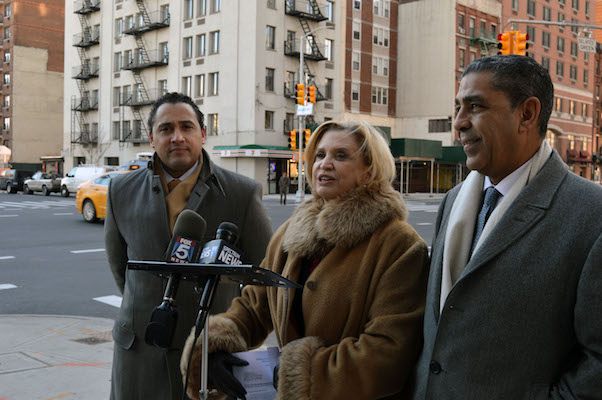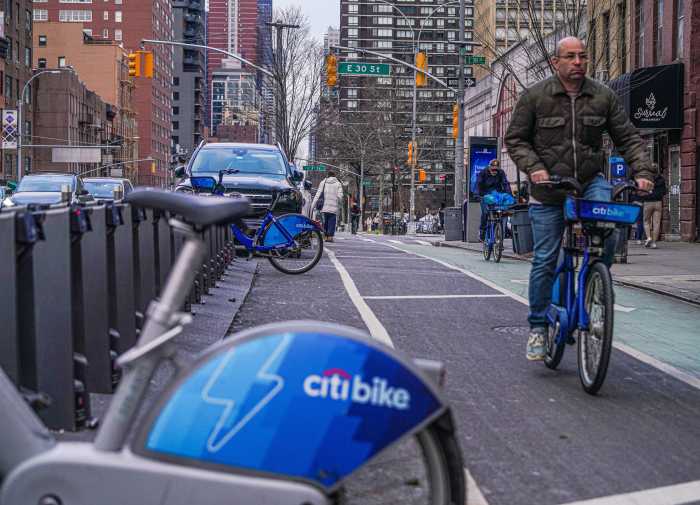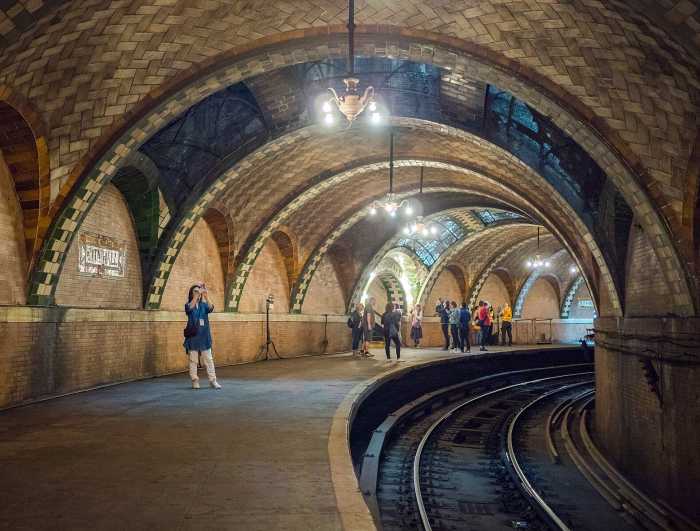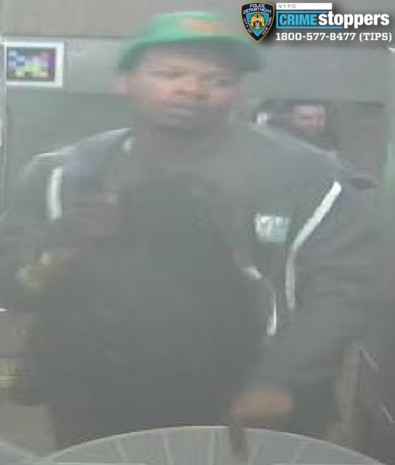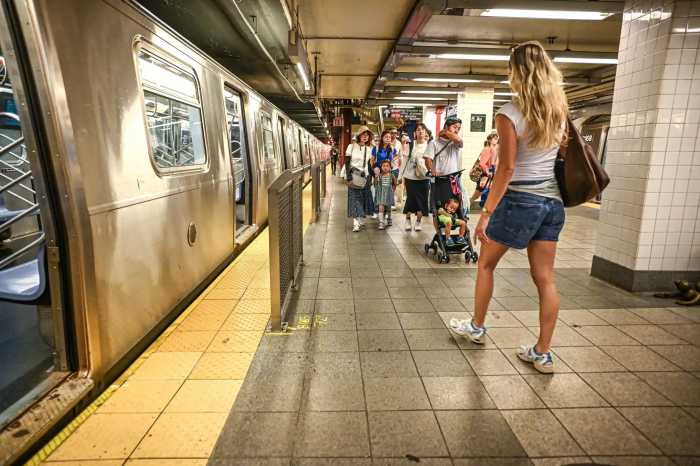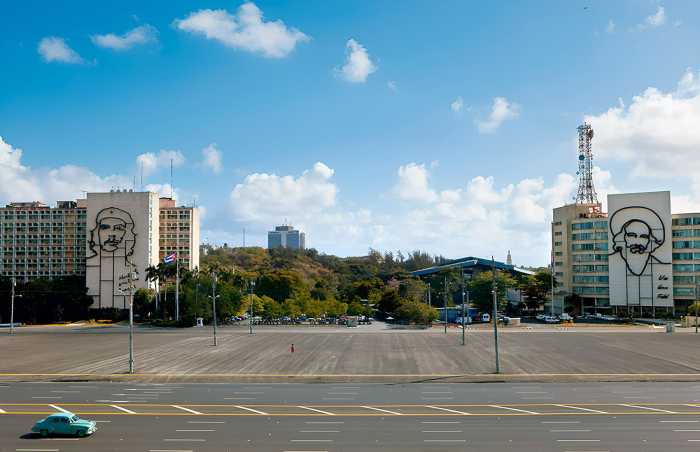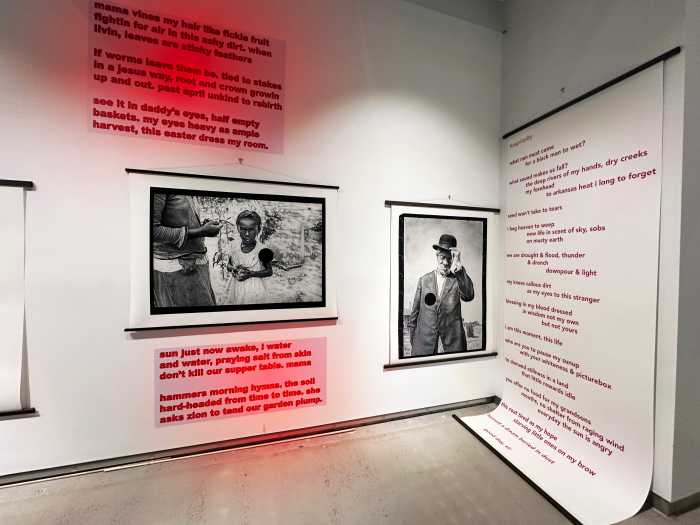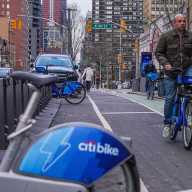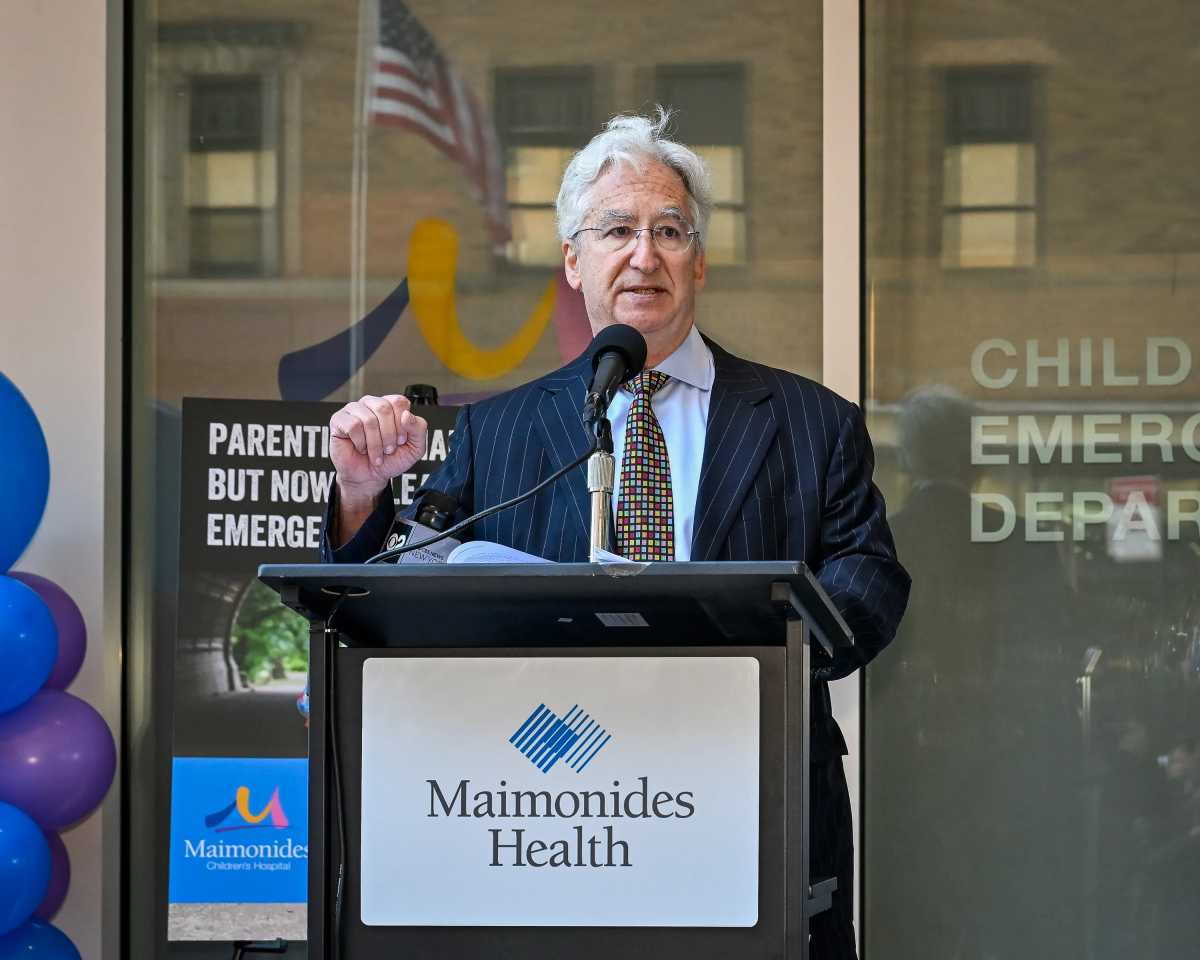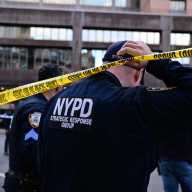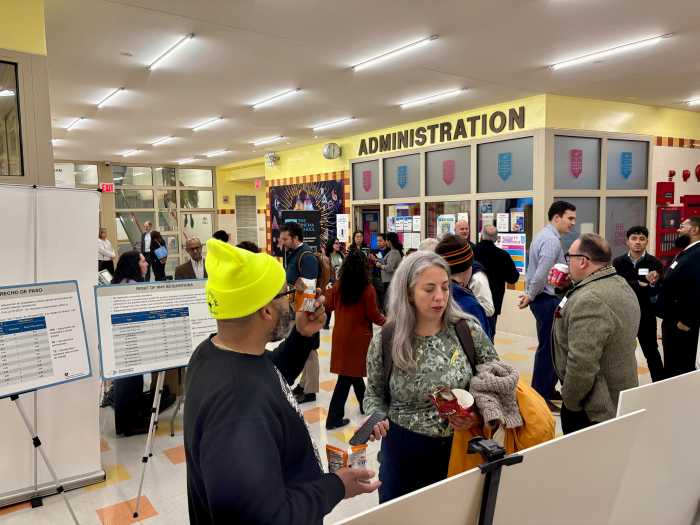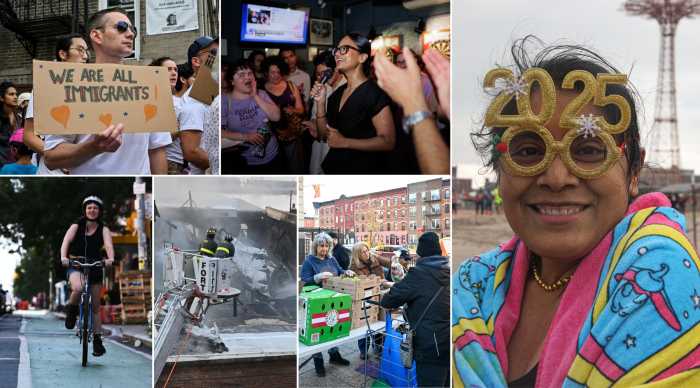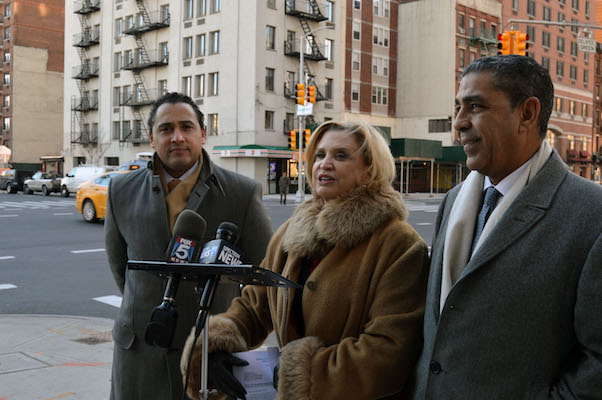
BY JACKSON CHEN AND PAUL SCHINDLER | East Side Congressmember Carolyn Maloney is hailing federal transportation officials’ approval of the Metropolitan Transportation Authority going ahead with a two-year “Project Development” effort to enable the authority to secure US government funding for roughly one-third of the cost of the Second Avenue Subway’s Phase 2.
“I am thrilled that the Federal Transit Administration has recognized that the second phase of the Second Avenue Subway from 96th to 125th Street is worthy of receiving federal funding,” Maloney said in a December 23 press release. “It will relieve congestion on the Lexington Avenue line, reduce commuting times, and make it easier for New Yorkers to travel around the city. On day one, it is estimated that over 100,000 passengers will ride Phase 2 when it is completed. This is fantastic news for the city.”
On December 15, Maloney, joined by Congressmember-elect Adriano Espaillat, called on the federal government to commit $2 billion in funding for the second phase.
The first phase, which will bring three new stations – at 72nd, 86th, and 96th Streets – to the Upper East Side, will launch publicly on January 1, with a ceremonial opening the day before, Governor Andrew Cuomo announced earlier this week.
Maloney has been working to ramp up the focus on the next leg of the subway system expansion. Phase 2 would create two new stops at 106th and 116th Streets and connect the line to the existing 125th Street station for the 4, 5, and 6 trains on the Lexington Avenue line.
“We now have contracts that are ready to go for the Harlem stage of the Second Avenue Subway for design and also for environmental contracts,” Maloney said at the December 15 event. “So let’s get moving. The sooner you get the money, the sooner you can spend it, the sooner you can complete it.”
The US government funding would be included in the Federal Transit Administration’s New Starts grants program. The total cost of Phase 2 is expected to be about $6 billion.
Maloney and Espaillat made their call for the funding with the days dwindling until the nation has a new president.
“As President Obama leaves the administration… we need a last-quarter three-point shot to ensure that we get the Second Avenue Subway fully, fully completed,” Espaillat said. “And we need transportation equity. Harlem and East Harlem could really benefit from the extension of the Second Avenue Subway.”
Espaillat, who will soon represent the 13th congressional district long served by Charlie Rangel, said his new constituents deserve the same transportation improvements that will soon be available from 96th Street down.
“I will go to Washington to be a fighter for East Harlem, for Harlem, to ensure that people no longer have to walk 15, 20 minutes to get to the subway,” Espaillat said.
State Assemblymember Robert Rodriguez also lent his voice in support of federal funding for a project benefiting his East Harlem constituents.
“We have the highest concentration of public housing, residents that need to go to work, residents that need to have access,” Rodriguez said. “Eighty percent of the residents of our district rely on mass transit to go to doctor’s appointments, to go to work, and to deal with day-to-day life activities.”
New York State has earmarked $8.3 billion in funding over the next five years for the MTA, alongside the city’s commitment of $2.5 billion for the same timeframe. In the capital plan approved by the MTA earlier this year, $1 billion was slated for the Second Avenue Subway’s second phase.
Maloney said she hopes to see the same magnitude of economic benefits Phase 1 is expected to deliver — roughly 16,000 jobs, $842 million in wages, and $2.87 billion in overall economic activity, in her estimate – carried over to East Harlem.
“We’re really determined to bring the same benefits to the Harlem residents that the East Side residents have in economic development, in jobs, and in quality of life,” Maloney said.



